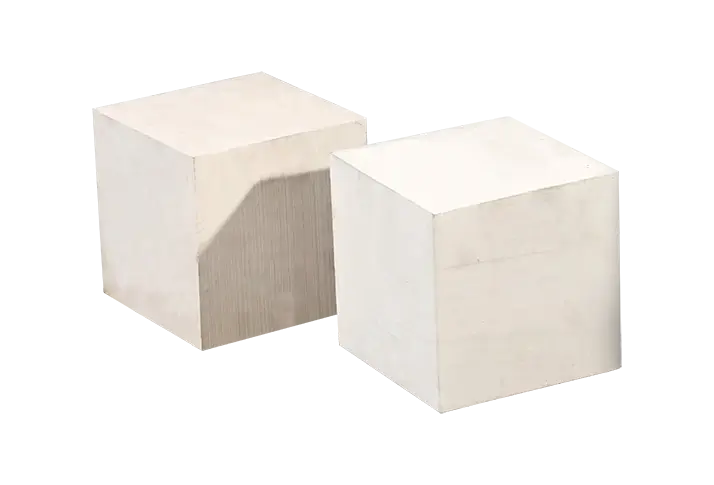High-Performance Corundum Mullite Refractory Bricks for Industrial Applications
2025/01/14
Special report
Explore our High-Performance Corundum Mullite Refractory Bricks designed for exceptional heat resistance and durability across various high-temperature applications. Perfect for the steel, glass, and chemical industries, these bricks offer superior thermal shock resistance and energy efficiency.
Introduction
Our High-Performance Corundum Mullite Refractory Bricks are engineered for superior heat resistance and outstanding durability in various high-temperature applications. With alumina content ranging from 65% to 75%, these bricks are ideal for critical environments, including industrial furnaces, glass melting, and ceramic kilns.
These bricks exhibit excellent thermal shock resistance and can withstand harsh chemical exposures, making them a preferred choice for customers in the metal, glass, and chemical industries.
Key Features
- High Alumina Content: 65-75% alumina, providing exceptional thermal stability and corrosion resistance.
- Thermal Shock Resistance: Designed to withstand rapid temperature changes, ensuring stability and integrity in high-performance environments.
- Versatile Applications: Perfect for various industries, addressing diverse furnace needs efficiently.
- Energy Efficiency: Helps reduce heat loss and lower operational costs.
- Proven Quality: Manufactured with advanced techniques, ensuring long service life.
Applications
These bricks are suitable for:
- Steel Industry: Suitable for blast furnaces and steel reheating furnaces.
- Glass Industry: Ideal for glass melting furnaces.
- Ceramic Industry: Essential for ceramic kilns.
- Chemical Industry: Suitable for reactors and equipment requiring high resistance.
- Power Generation: Used in furnace linings and heat recovery systems.
Each brick is produced using advanced manufacturing processes, ensuring consistent quality and reliable performance. These refractory bricks not only provide structural integrity under extreme conditions but also contribute to greater energy efficiency, minimizing downtime and operational costs.

